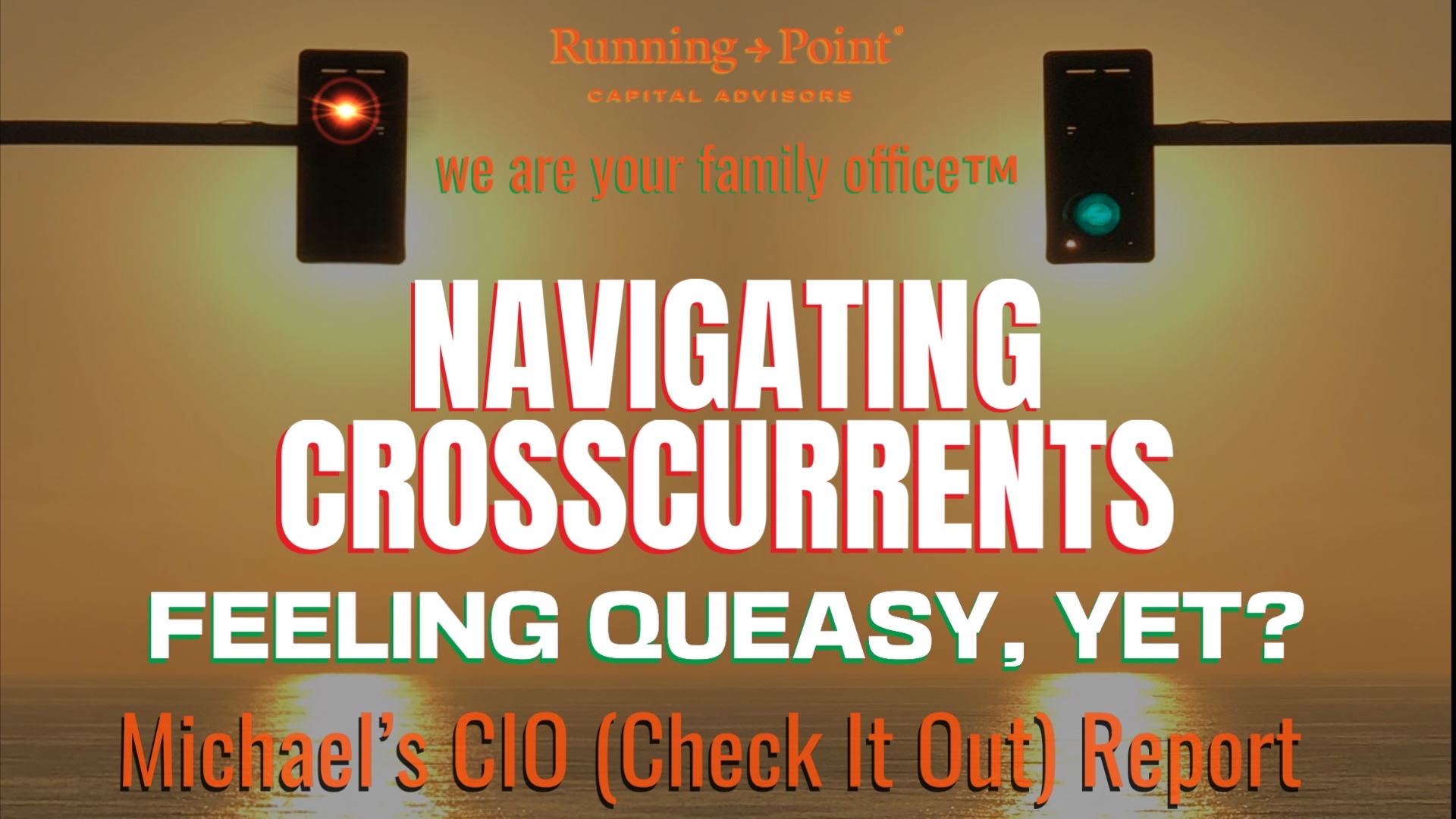The end of shutdown is not an end; it is the beginning of something new and uncertain, not just here, but globally. Personally, I miss travel; big travel. It’s often easier to get me in a plane than in a car; much rather do a 2, 6, or 10-hour plane trip than a similar length road trip. However, with hopes of soon re-visiting Montreal, Paris, St. Petersburg, Rome, Buenos Aires, Bogota, or Bangkok on hold, I’ve started touring museums online (Tate Modern is celebrating its 20th anniversary) and taking economic snapshots of foreign locales rather than selfies. So, as shutdowns here and abroad gradually end, let’s take a trip around the world, from a socially safe distance of course, and I’ll share my economic pics with you.
Around the world, as new daily Covid-19 cases appear to have peaked, policy focus has cautiously moved towards shutdown and lockdown exit strategies. Expect the pandemic to cause the deepest global recession since World War II. Virus fears and quarantine measures have created a huge demand shock (in other words, consumer and business demand for goods and services has precipitously declined). Tourism, exports, manufacturing, and discretionary consumer spending (which alone accounts for 1/3 of global GDP), took a gut punch. There will be negative second-round effects amplified by wounded trade and financial links. The euro area (EA) will probably contract by worse than -5% and unemployment rates will likely rise to the great financial crisis levels of a decade ago. Internationally, we have seen a massive monetary and fiscal response to COVID-19, with policymakers comparing their responses to a wartime effort. Global growth should pick up in the second half of 2020, led by pent-up demand and policy stimulus, but the recovery will be modest.
- China – has “officially” won the battle with Covid-19. General Secretary Xi Jinping and the Communist Party of China (CPC) will preserve the veneer of stability. Even if there is a second pandemic wave, they won’t lock down economy because it will create a lack of faith. Their task of maintaining employment and spurring growth is gigantic, especially as rest of the world remains shutdown. Expect a return to old fashion style infrastructure growth to spur the economy. Official GDP could expand by 2% this year, the lowest rate of growth in thirty years, but some outside observers forecast a -3% decline. My estimates are not so dire because I believe that Xi Jinping is politically motivated to post strong economic numbers ahead of next year’s 100th anniversary of the founding of the CPC
- Norway – as an oil exporting nation, it has been hit by the twin crisis of an oil price collapse and the pandemic. It cut interest rates to zero and will draw $37 billion (more than 4x the previous record amount) from its sovereign wealth fund to support its budget
- England – the optimistic view pegs recovery to pre-crisis levels by late 2021. The Bank of England has cut rates to 0.1% and will purchase more assets as it puts policies in place to pass low rates on to households and businesses. Real recovery, however, will be hard to measure as the scale and ramifications of Brexit (Britain’s exit from the European Union) still need to be worked through
- France – for all its strikes and protests, France tends to be amongst the most stable of the large euro area economies. Two months of confinement have cost it -6% in annual growth
- Germany – although typically the strongest of the euro area economies, Germany is heavily reliant on global exports of its manufactured goods and therefore typically benefits from a weak euro currency and a strong global economy. The pandemic has caused exports to nosedive while the Covid-19 lockdown has mostly affected the service sectors (the other half of the economy)
- Italy – is again in a precarious situation, especially since it was not in great shape before the pandemic. The economy – saddled with poor cost-competitiveness, declining productivity, large public debt, and non-performing loans – may contract by -15% this year. Industrial production was down -28% in March alone. Additionally, the country lacks the fiscal strength for a quick recovery. At some point there is headline risk of Italy posing a systemic threat to the European banking system and the euro area as a whole (i.e., breakup risk)
- Spain – entered the Covid-19 crisis from a much better starting point than Italy. The banking system is better capitalized, labor more flexible, and cost competitiveness is stronger; therefore, the downturn won’t be nearly a severe and the recovery will be quicker. On the flip side, a more flexible labor market means that unemployment is higher than most other euro area countries
- Turkey – currency volatility is high, economic policies are failing, and Covid-19 deaths may be 25% higher than official statistics. In a draconian move, Turkey’s banking regulator imposed restrictions on the country’s financial market and foreign currency transactions and banned economic commentary; currency stability seems to be in question as foreign currency reserves run low
- Russia – an oil exporting nation, has been hit by plunging oil prices and the pandemic, new car sales declined 72% in April and the country entered a deep recession. The central bank has signaled a 1% rate cur next month. Although official Covid-19 deaths appear to be low, there are reports that the regular death rate has curiously increased
- Saudi Arabia – it has been entertaining to watch this country waffle on the opening and closing of oil spigots. Two months ago, the monarchy raced to flood the market with cheap oil, and now their latest move has been to unilaterally deepen production cuts. The country’s currency peg of the riyal to the U.S. dollar is once again questionable but will probably hold for a while longer
- Oman – the new monarch that took the throne in January, Sultan Haitham bin Tariq, faces low oil prices, a decline in tourism, and an over reliance on imported goods that will likely lead to a solvency crisis next year
- Brazil – President Bolsonaro (who is under impeachment calls from former Justice Minister Sérgio Moro) has opposed lockdown restrictions. On a more positive note, the central bank implemented a larger than expected interest rate cut and signaled it will do everything it can to aid the economy. The country, famous for past bouts of inflation and hyperinflation, saw deflation in April
- Mexico – an oil exporting nation that has also been hit by the dual daggers of low oil prices and Covid -19 has unfortunately reacted by suspending the opening of new solar and wind plants. The country seeks to restart supply chains to the U.S. and Canada
- Canada – has implemented rate cuts and social safety nets. The federal government has implemented stimulus and safety net plans for workers, businesses, seniors, homeowners, and students. Simultaneously, the central bank has responded swiftly with three rate cuts in March, a bond buying program, and credit easing measures. Montreal is the hardest hit of the large cities and the province of Quebec has more deaths than the rest of the country combined
- Australia – after having been racked by massively devastating forest fires that turned the summer tourism season into a nightmare, down under will go down under as GDP plunges -10% in the second quarter
- Hong Kong – the economy contracted -9% in the first quarter of 2020 as the pandemic battered a city already weakened by months of political unrest
- Japan – extended its nationwide Covid-19 social measures to the end of May and inflation turned negative. The Bank of Japan has announced unlimited government bond purchases and the government has decided to pay domestic companies to take their manufacturing out of China and bring it back to Japan
- Indonesia – economic stabilization is hampered by poor governance, a bloated bureaucracy, and endemic corruption; pandemic deaths may be double the official number
- Philippines – the economy was initially disrupted by the eruption of the Taal Volcano in January. The central bank will probably reduce rates further in June
- India – after implementing a severe lockdown that left millions of workers far from their hometowns, the country has begun to reopen agriculture and industry in unaffected areas, but will probably struggle with funding an appropriately sized stimulus package. Prime Minister Modi recently announced a huge stimulus package, but in reality, the plan includes already implemented fiscal and central bank monetary actions; thus new measures will be less than the headline number
- Thailand – the country’s stimulus plan is one of the largest in the region, focused on cash handouts for workers, infrastructure building, and job creation. The pandemic’s hit to tourism and exports could lead to a -7% decline in GDP this year
For most countries, a serious second epidemic wave and lockdown is politically and financially unaffordable; this will cause some to open slower and more cautiously than initially expected. Monetary and fiscal responses have mostly been aggressive, and while these policies may mitigate second-round effects, they will not prevent damage to consumption in the short-term. There are gradual signs of improvement in China, but services are lagging the industrial rebound and consumers remain cautious. Data from countries other than China, however, will get worse before it gets better. Global money supply has surged, but that alone does not forecast a rapid recovery in the second half of 2020. In many areas, Covid-19 has probably catalyzed and accelerated processes that were already in place like nationalism, populism, and anti-globalization.
Michael Ashley Schulman, CFA
Partner, Chief Investment Officer
Disclosure: The opinions expressed herein are those of Running Point Capital Advisors, LLC (“Running Point”) and are subject to change without notice. Running Point reserves the right to modify its current investment strategies and techniques based on changing market dynamics or client needs. This should not be considered investment advice or an offer to sell any product. Running Point is an independent investment adviser registered under the Investment Advisers Act of 1940, as amended. Registration does not imply a certain level of skill or training. More information about Running Point, including our investment strategies, fees and objectives can be found in our ADV Part 2, which is available upon request. RP-20-14


